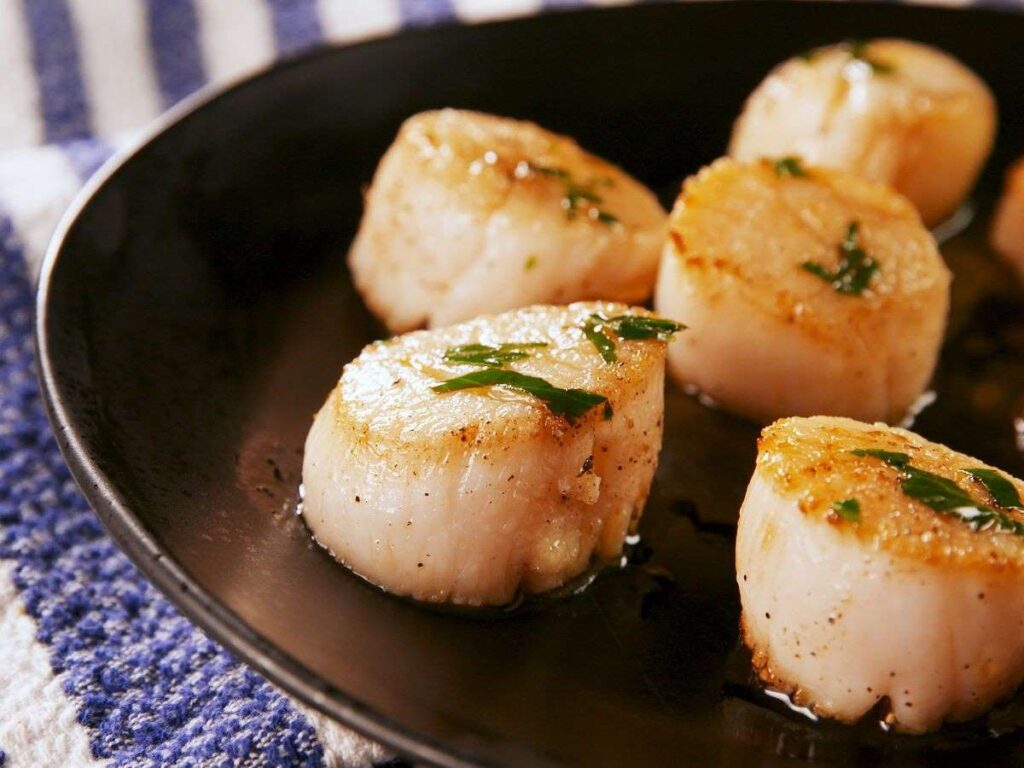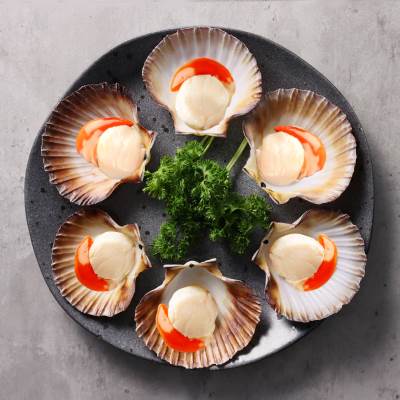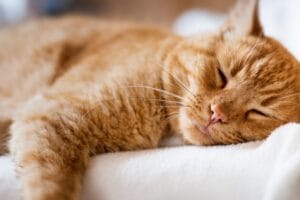How to Cook Scallops for Cats the Right way

Cats are known for their finicky tastes and selective preferences when it comes to food. While it’s essential to provide them with a balanced and nutritionally complete diet, it’s also fun to indulge them with occasional treats. One such treat that might pique their interest is scallops, a seafood delicacy that many cats find irresistibly tasty.
However, before you start cooking up a seafood feast for your feline friend, there are some important considerations to keep in mind. In this post, we will not only discuss how to cook scallops for cats, but also discuss these various considerations that are vital to know before feeding your cat any scallops.
The Potential Dangers of Feeding Scallops to Cats:
Before you dive into cooking scallops for your cat, it’s crucial to be aware of potential dangers associated with seafood consumption for felines:
- Allergies: Some cats may be allergic to shellfish, including scallops. Allergies can manifest as skin irritations, gastrointestinal issues, or even respiratory distress. If you’re offering scallops to your cat for the first time, observe them closely for any adverse reactions.
- Choking Hazard: Scallops can be small and slippery, making them a choking hazard, especially if your cat tries to swallow them whole. To mitigate this risk, it’s best to chop scallops into small, manageable pieces.
- Parasites and Bacteria: Raw seafood, including scallops, may contain parasites or harmful bacteria that can pose health risks to both cats and humans. Always ensure scallops are thoroughly cooked before offering them to your cat.
- High Salt Content: Commercially prepared scallops may contain added salt, which can be harmful to cats in excessive amounts. Rinsing the scallops under cold water can help remove some of the salt content. It is safer, easier, and cheaper to instead prepare these at home.

The Benefits of Scallops for Cats:
While it’s essential to be cautious about feeding scallops to your cat, there are potential benefits to consider as well:
- High-Quality Protein: Scallops are a great source of high-quality, lean protein. Protein is an essential component of a cat’s diet, aiding in muscle maintenance and overall health.
- Vitamins and Minerals: Scallops contain essential vitamins and minerals, including B12, iodine, and phosphorus, which can contribute to a cat’s overall well-being.
- Omega-3 Fatty Acids: Scallops also provide omega-3 fatty acids, which support heart health and can help reduce inflammation.
- Palatability: Many cats find the taste and texture of scallops highly appealing, making them an excellent option for occasional treats. In fact, some cats end up liking it so much, they refuse to eat anything else! Don’t let your cat have too much of this delicious treat.
Safe Preparation and Cooking
When preparing scallops for your cat, it’s vital to follow safe cooking practices:
- Purchase High-Quality Scallops: Buy fresh, high-quality scallops from a reputable source. Frozen scallops are a suitable option if they are labeled as safe for human consumption.
- Remove the Edible Parts: Scallops consist of both the adductor muscle (the white, meaty part) and the roe (orange or coral). For your cat’s safety, remove the roe, as it may contain harmful substances.
- No Seasonings: Cats should not consume seasonings, spices, or sauces. Serve plain, unseasoned scallops.
How Much Scallops Can Cats Safely Consume?
Scallops should be a rare treat rather than a staple in your cat’s diet. Moderation is key when feeding scallops to cats. A small portion as an occasional treat is sufficient. Remember that cats have specific dietary requirements, and their primary food source should be a nutritionally balanced cat food.
Scallop Recipes for Cats:
Now, let’s get to the fun part— how to cook scallops for cats! Here are two simple recipes that your cat is sure to adore:
Recipe 1: Basic Baked Scallops for Cats
A simple recipe with no extra ingredients involved. Although it may be tempting to add seasonings, please do remember that cats are not humans, and spices, salt, and seasonings are not good for their health. This is why this recipe is so safe.
Ingredients:
- Fresh scallops (plain, unseasoned)
- Baking sheet
- Oven
Instructions:
- Preheat your oven to 350°F (180°C).
- Place the scallops on a baking sheet.
- Bake for 10-15 minutes or until they are fully cooked. Make sure they are cooked through to avoid any bacterial risks.
- Let them cool before serving.
- Chop the scallops into small, manageable pieces and offer them to your cat.
Recipe 2: Scallops in Broth
This dish is a great idea for cats who do not drink enough water (which applies to most cats) and/or prefer wet food. You can adjust the thickness of the broth depending on your cats tastes.
Ingredients:
- Fresh scallops (plain, unseasoned)
- Unsalted chicken or fish broth
Instructions:
- Place the scallops in a microwave-safe dish.
- Pour a small amount of unsalted chicken or fish broth over the scallops.
- Microwave for about 20-30 seconds or until the scallops are warmed but not hot.
- Let them cool to a safe temperature before serving.
- You can either serve them in the broth or chop the scallops into smaller pieces for your cat to enjoy.
Recipe 3: Boiled Scallops for Cats
Ingredients:
- Fresh scallops (plain, unseasoned)
- Water
Instructions:
- Fill a small saucepan with enough water to cover the scallops.
- Place the scallops in the saucepan.
- Bring the water to a boil over medium heat.
- Once the water is boiling, reduce the heat to a simmer and let the scallops cook for 5-7 minutes or until they are fully cooked. Ensure they are cooked through to avoid any bacterial risks.
- Remove the scallops from the water and let them cool.
- Chop the scallops into small, manageable pieces.
- Serve the boiled scallops to your cat.
You can also create combinations of scallops with other popular cat food items, like chicken, tuna, mussels, or even liver and kidneys.
Conclusion:
Feeding your cat scallops can be a delightful treat, but it’s essential to approach it with caution and responsibility. By understanding the potential dangers and proper portion control, you can create a safe and enjoyable dining experience for your feline companion.
The recipes provided here offer a tasty way to share this indulgent treat with your cat, so you can both enjoy the experience without worry.


